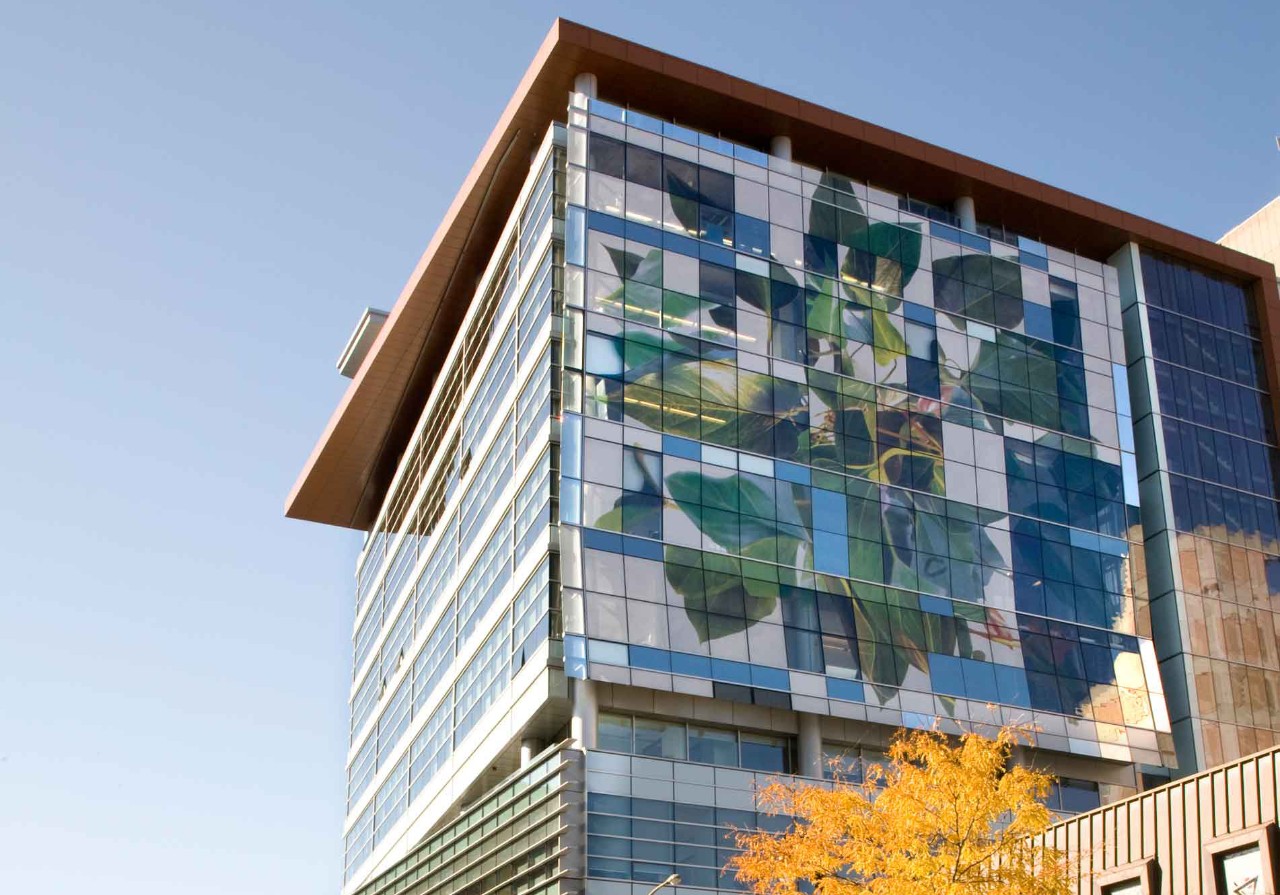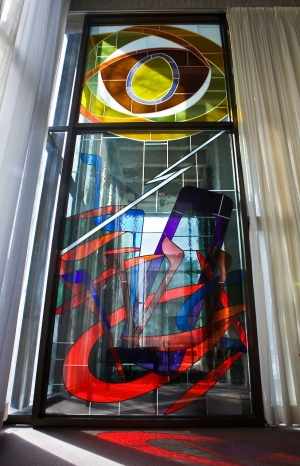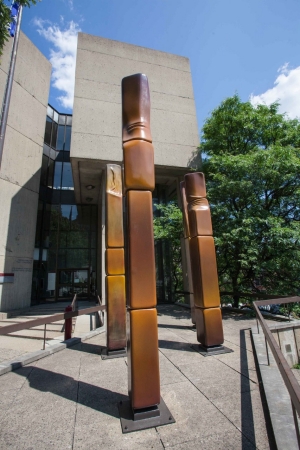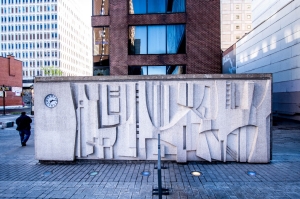Montreal’s vast holdings of public art have a new home on the web. Concordia is a major partner in the endeavour, and this month it’s the featured destination on the Art Public Montréal website.
There are close to 40 works of public art on permanent display across the university’s two campuses. Clarence Epstein, senior director of urban and cultural affairs, stresses that the collection is a vital part of Concordia’s identity, shaping, in part, the institutional experience for our university community and Quartier Concordia’s thousands of daily visitors and passers by.
“Ranging from works by Jean McEwen and Marcelle Ferron to Geneviève Cadieux and Nicolas Baier, our inventory includes some of the most important historical and contemporary public art of any university in Canada,” says Epstein. “Having recently announced a series of major collaborations with our neighbour, the Montreal Museum of Fine Arts, we share a vision to embrace public art into our respective missions.”
On June 14, from 12:30 to 1:30 p.m., he will guide a public art tour of select works in Quartier Concordia.
 "Untitled" by Nicolas Baier.
"Untitled" by Nicolas Baier.
 "The Permanent Memorial for the Six Million Jewish Martyrs of the Nazi Holocaust," by Marcel Ferron.
"The Permanent Memorial for the Six Million Jewish Martyrs of the Nazi Holocaust," by Marcel Ferron.
 Walter Redinger’s “Totems.”
Walter Redinger’s “Totems.”
 Claude Théberge’s “Untitled.”
Claude Théberge’s “Untitled.”


